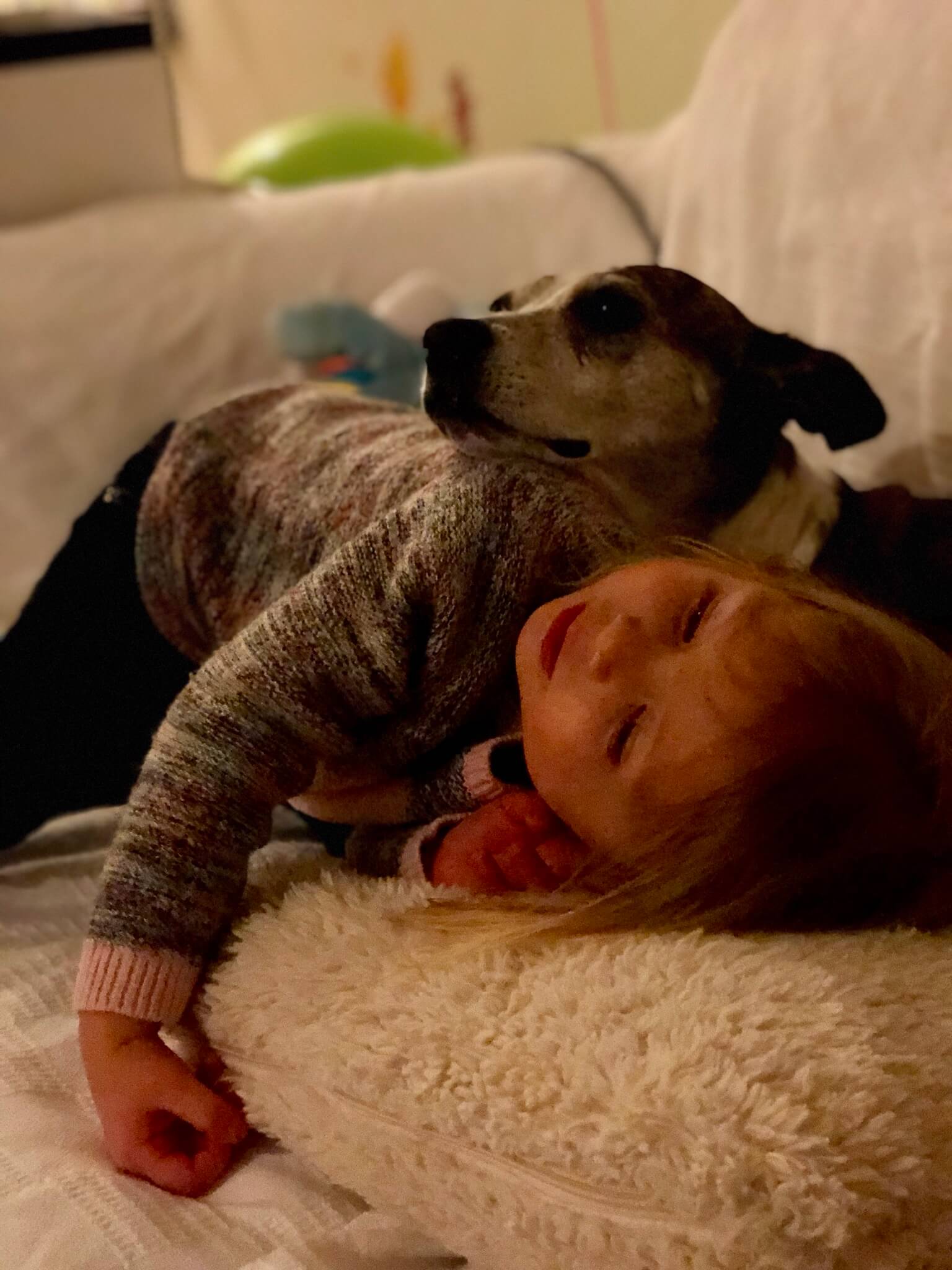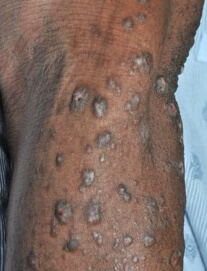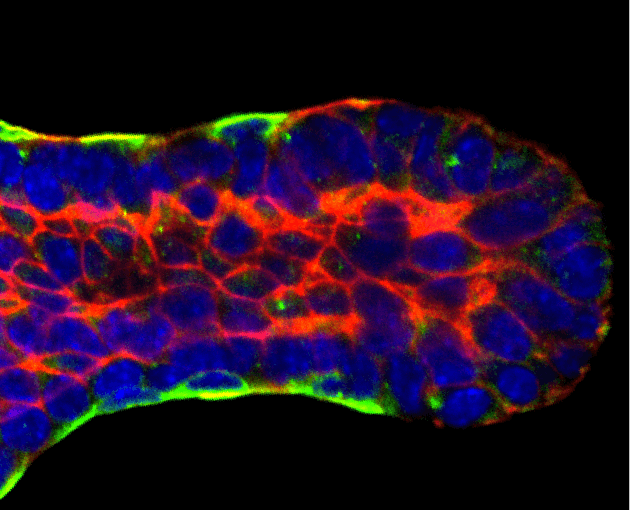Background and Objectives Percutaneous peripheral nerve stimulation (PNS) is an analgesic modality involving the insertion of a lead through an introducing needle followed by the delivery of electric current. This modality has been reported to treat chronic pain as well as postoperative pain the day following knee surgery. However, it remains unknown if this analgesic technique may be used in ambulatory subjects following foot procedures beginning within the recovery room immediately following surgery, and with only short series of patients reported to date, the only available data are derived from strictly observational studies. The purposes of this proof-of-concept study were to demonstrate the feasibility of using percutaneous sciatic nerve PNS to treat postoperative pain following ambulatory foot surgery in the immediate postoperative period and provide the first available data from a randomized controlled study design to provide evidence of analgesic effect. Methods Preoperatively, an electrical lead (SPRINT; SPR Therapeutics, Inc, Cleveland, Ohio) was percutaneously inserted posterior to the sciatic nerve between the subgluteal region and bifurcation with ultrasound guidance. Following hallux valgus osteotomy, subjects received 5 minutes of either stimulation or sham in a randomized, double-masked fashion followed by a 5-minute crossover period and then continuous stimulation until lead removal on postoperative days 14 to 28. Results During the initial 5-minute treatment period, subjects randomized to stimulation (n = 4) experienced a downward trajectory in their pain over the 5 minutes of treatment, whereas those receiving sham (n = 3) reported no such change until their subsequent 5-minute stimulation crossover. During the subsequent 30 minutes of stimulation, pain scores decreased to 52% of baseline (n = 7). Three subjects (43%) used a continuous popliteal nerve block for rescue analgesia during postoperative days 0 to 3. Overall, resting and dynamic pain scores averaged less than 1 on the numeric rating scale, and opioid use averaged less than 1 tablet daily with active stimulation. One lead dislodged, 2 fractured during use, and 1 fractured during intentional withdrawal. Conclusions This proof-of-concept study demonstrates that percutaneous sciatic nerve PNS is feasible for ambulatory foot surgery and suggests that this modality provides analgesia and decreases opioid requirements following hallux valgus procedures. However, lead dislodgement and fracture are concerns. Clinical Trial Registration This study was registered at Clinicaltrials.gov, identifier NCT02898103. This is an open-access article distributed under the terms of the Creative Commons Attribution-Non Commercial-No Derivatives License 4.0 (CCBY-NC-ND), where it is permissible to download and share the work provided it is properly cited. The work cannot be changed in any way or used commercially without permission from the journal. Accepted for publication April 14, 2018. Address correspondence to: Brian M. Ilfeld, MD, MS, Department of Anesthesiology, 200 W Arbor Dr, MC 8770, San Diego, CA 92103 (e-mail: bilfeld@ucsd.edu). Conflict of interest: The institution of Drs. Ilfeld, Gabriel, Said, Sztain, Abramson, Khatibi, and Finneran–the University California San Diego (San Diego, CA)–has received funding and/or product for other research studies from SPR Therapeutics (Cleveland, OH). Funding for this project provided by the University California Academic Senate (San Diego, CA) and the Department of Anesthesiology, University of California San Diego (San Diego, CA). SPR Therapeutics, Inc (Cleveland, OH), also provided the stimulators and leads used in this investigation. This company was given the opportunity to review the protocol and initial manuscript (minor revisions were suggested for each), but the investigators retained full control of the investigation, including study design, protocol implementation, data analysis, results interpretation, and manuscript preparation. The contents of this article are solely the responsibility of the authors and do not necessarily represent the official views of the funding entities. None of the authors has a personal financial interest in this research. This work was presented, in part, as a scientific abstract for the Annual Meeting of the American Society of Regional Anesthesia in New York, NY, April 19 to 21, 2018. Copyright © 2018 by American Society of Regional Anesthesia and Pain Medicine.
https://ift.tt/2JJkvMZ





